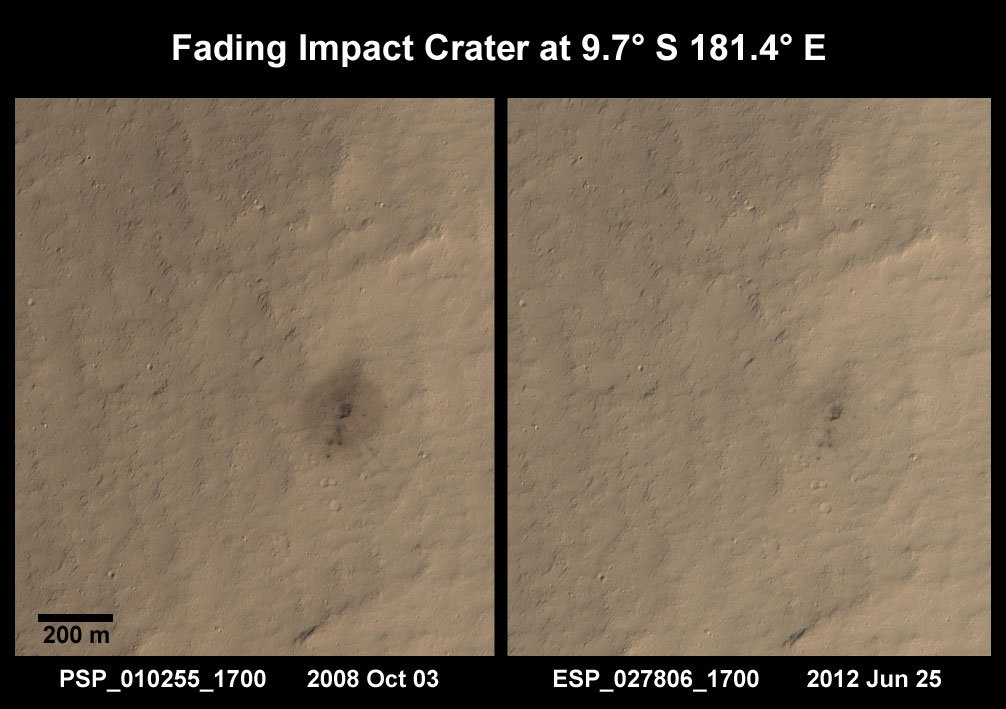Take a look at this image of Mars beamed back from the European Space Agency's Mars Express Orbiter to Europe's newest deep-space ESTRACK tracking station in Malargüe, Argentina. Mars Express used its Visual Monitoring Camera to take this image of Mars from 9,761 km (5065 mi) away.
It took the signal 18 minutes to cross the 327M km (203M mi) expanse of space between the Mars Express Orbiter and the new space tracking station in Argentina.
Because of the angle of the orbiter, Mars appears to be lying on its side, daylight side down. On the dayside of this photo you can see three, possibly four large volcano domes, as well as numerous large canyons.
The new European deep-tracking station makes the ESA only the second space agency (after NASA's Deep Space Network) to have coverage of the whole sky for deep space missions. The other two large 35m Deep Space Antennas in the ESA's Estrack system are located in New Norcia, Australia, and Cebreros, Spain. However, they have multiple tracking stations throughout the world, depicted below:












































